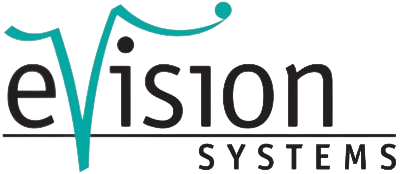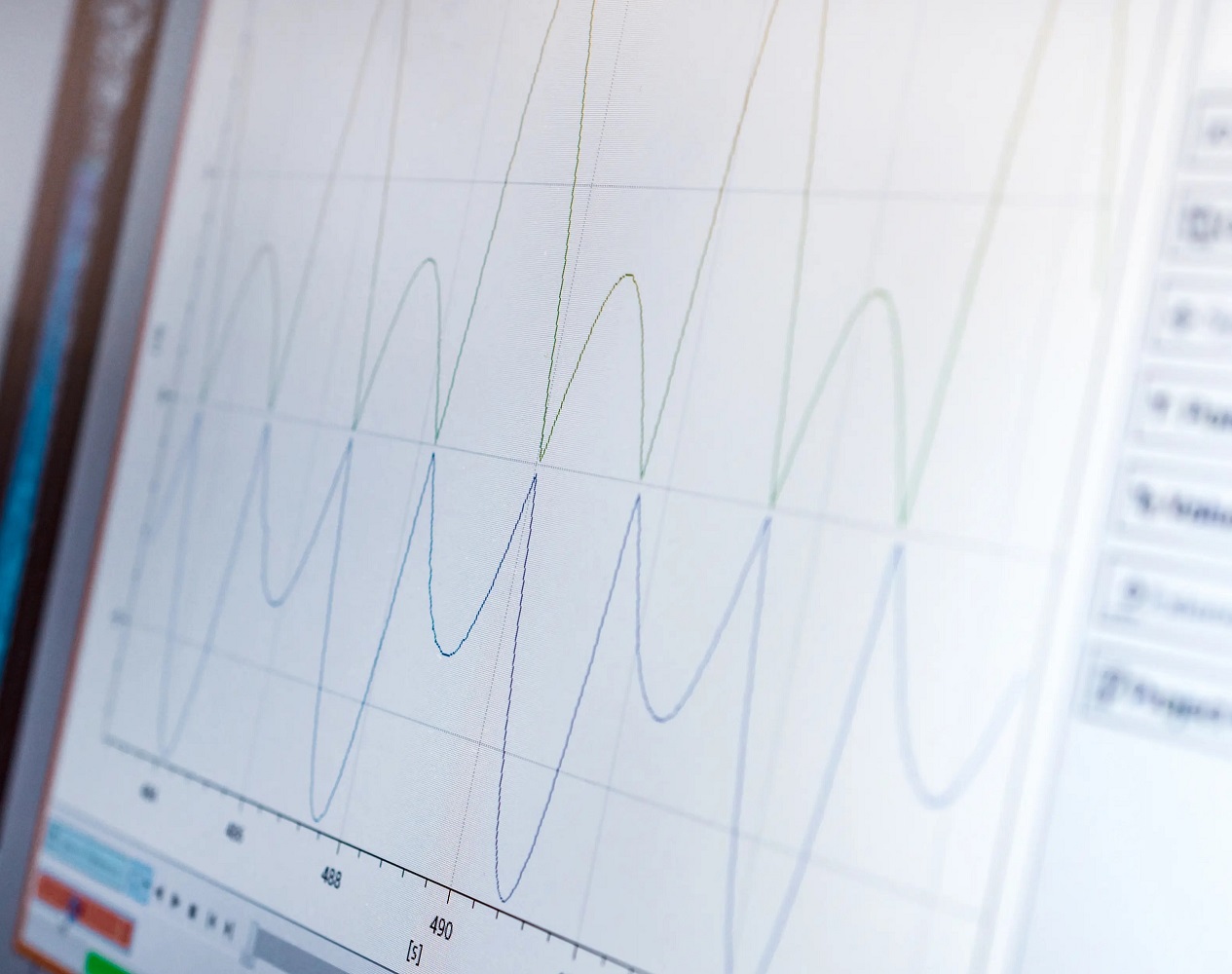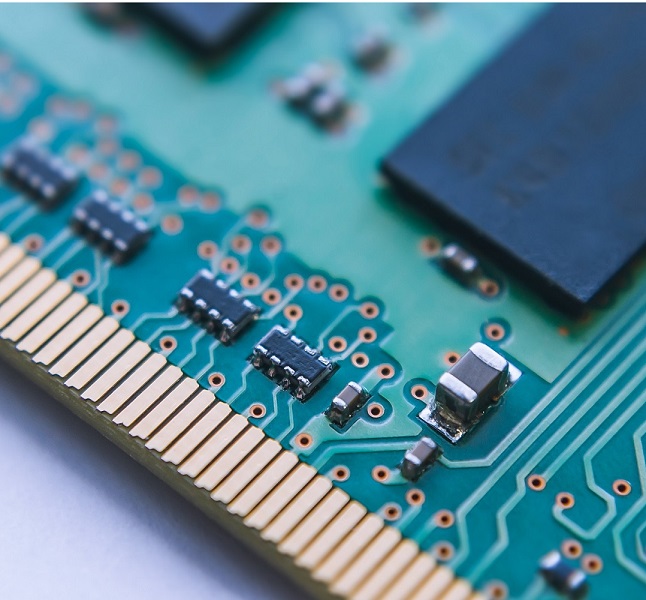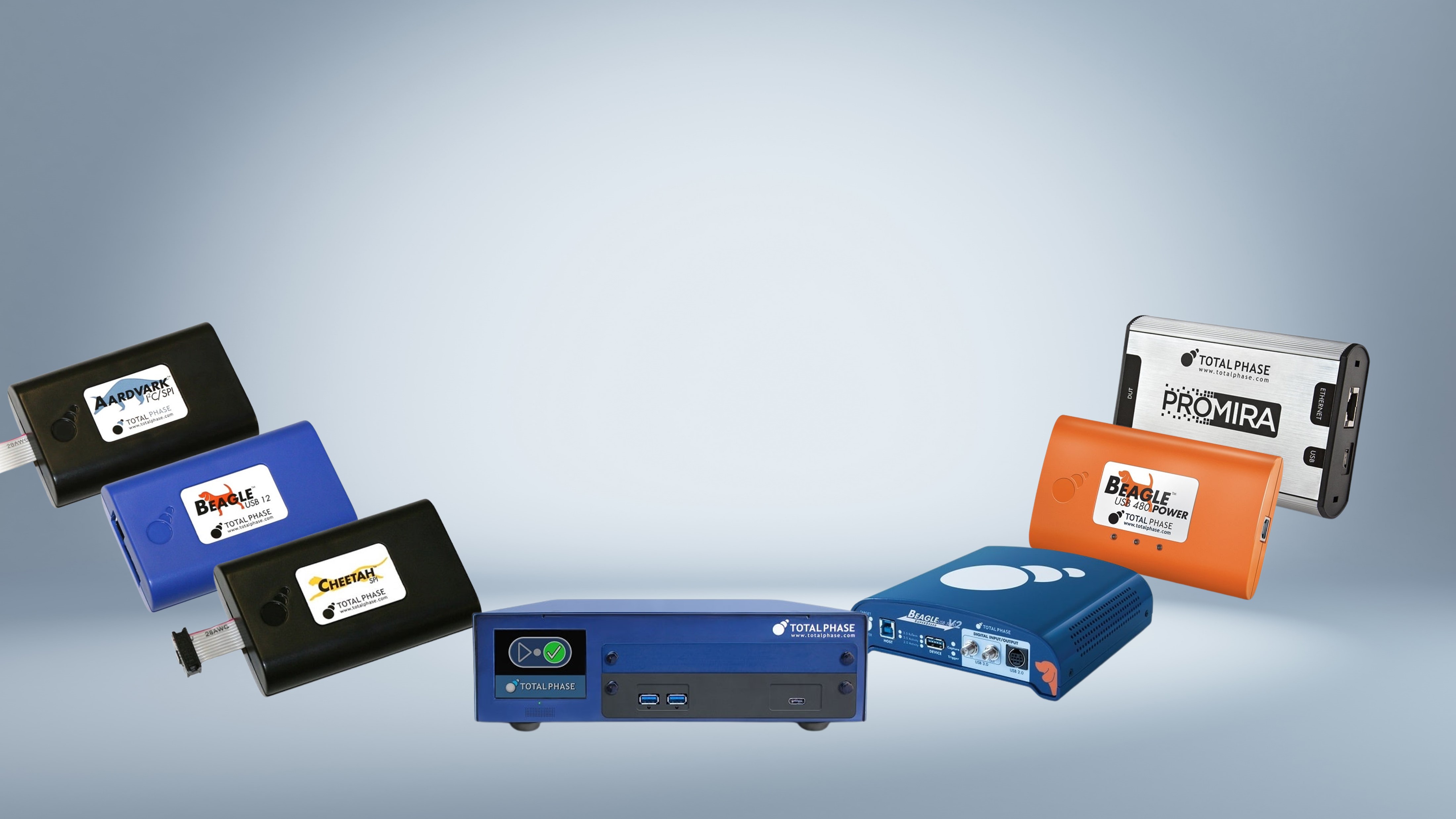
How DisplayPort Alt Mode is Enabled over a USB Type-C Cable
In the world of cables, USB Type-C is considered the most powerful and versatile connector type to date. One of the features of Type-C that enables its flexibility is the Alt mode, which can optionally support non-USB signals including DisplayPort (DP) technology. This allows users to take advantage of multiple technologies through a single cable, maximizing efficiency.
In this article, we'll discuss how DisplayPort protocols work in legacy mode over a Type-C cable and how it compares to the operation of a standard DisplayPort cable.
The inside of Type-C and its SuperSpeed pairs
A USB Type-C cable connection can act as a USB host, a USB device, a USB-PD power consumer, a USB-PD power provider, and a DisplayPort video connection. Inside the Type-C connector are 24 pins that perform a variety of functions that make these configurations possible. In particular, the DisplayPort video protocol can be configured via Alt mode, which can be performed via the USB Type-C standard.
USB Type-C cables contain four pairs of SuperSpeed wires that can be used for high-speed data transfer or configured as Alt Mode to support third-party protocols. There are four differential high-speed lanes - for USB, there are two SuperSpeed receiver differential pairs and two SuperSpeed transmitter differential pairs, sometimes referred to as lanes. With USB specification 3.2 and 2x2 mode, the cable can support up to 20 Gbps bidirectional bandwidth by using two lanes simultaneously, with each lane transmitting 10 Gbps, creating a dual-lane operation that can reach up to 20 Gbps.
The Alt Mode configuration supports the DisplayPort protocol.
Since DisplayPort signaling supports packetized data transfer like USB, enabling DP via Alt Mode on the differential SuperSpeed lines is possible. With USB 3.2, two or four of the differential high-speed lines can be used for Alt Mode. If USB data transfer is required, two lanes are used, leaving the remaining two for Alt Mode, otherwise all four lanes are available for Alt Mode.
In two-lane mode, the Alt Mode for DisplayPort protocol can support 4K resolution at 60 Hz or HDR 4K at 60 Hz using 4:2:0 and 12bpp. When all four lanes are used to enable Alt Mode for DisplayPort, DisplayPort can operate at its full performance up to 8K x 4K at 24bpp, 60Hz refresh, 4:2:0 format for a display, according to the DisplayPort 1.4 specification. With the recently released DisplayPort 2.0 specification and forthcoming cables, this increases to an incredible 16K x 8K at 30bpp, 60Hz refresh, 4:4:4 HDR format with compression. In both configurations, the DisplayPort Aux channel uses the SBU pins inside the Type-C connector.
Since certain pins must be included and available in a Type-C cable regardless of configuration, users can expect certain features such as USB and video data transfer and power charging. Even when all SuperSpeed lanes are used for full DisplayPort performance, USB 2.0 high-speed pins are enabled, giving users at least 480 Mbps of bandwidth. In addition, CC and GND lines must also be available to ensure that the USB Power Delivery protocol is available to support USB Power Delivery device operation.
Achieving DisplayPort performance via a Type-C cable.
How can the Type-C port support the full performance of DisplayPort 1.4? It has to do with how the SuperSpeed lanes are configured. The USB protocol transmits data bidirectionally, so it can send and receive data from one end of the cable to the other with one positive and one negative wire per lane. According to the USB 3.2 Gen 2x2 specification, one lane can transmit up to 10 Gbps. So, if both lanes are used for data transfer at the same time, it means that 20 Gbit/s can be transmitted and 20 Gbit/s can be received via the 4 lanes.
The DisplayPort protocol works a bit differently by only transmitting data in one direction. In a regular DisplayPort 1.4 cable, there are four data lines transmitting DP data at 8.1 Gbit/s unidirectionally; this configuration is possible in a passive, full-featured USB Type-C to Type-C cable by configuring four USB data lines as Alt mode and having them transmit DP data in one direction per lane across four lanes. Since DisplayPort 1.4 supports a total of 32.4 Gbps over 4 lanes, the full performance of DisplayPort is possible with the USB Type-C cable.
More on the latest standard DisplayPort cables.
The Type-C connector has proven itself in the industry through its continued adoption and partnership with numerous technologies, including video protocols like DP. While Type-C allows the DP specification to operate at full capacity, standard DisplayPort cables are still very viable for users looking to transmit video signals, as DP is widely used in many devices such as televisions, gaming consoles, and laptops.
Testing cables to ensure compliance and safety
In order to take advantage of the advanced features of Type-C, it is important to ensure that cables are properly and safely terminated. There are several factors that can prevent the cable from functioning according to the standard; anything from misaligned pins or wires to poor signal quality can cause functional issues for USB and Alt Mode for the DisplayPort protocol. Total Phase's Advanced Cable Tester v2 makes it easy to verify that all aspects of the cable, including pin continuity, DC resistance, E-marker, and signal integrity, are up to standard. To verify that all pins, including SuperSpeed pins, are properly aligned and have no shorts, breaks or routing, Advanced Cable Tester v2 provides a complete overview of each pin with dynamic visualization of results for easy troubleshooting. The signal integrity tests allow testers to measure the quality of the signal on the HighSpeed and SuperSpeed pairs up to 12.8 Gbps per channel to ensure that the cable can handle the appropriate bandwidth according to the specification.

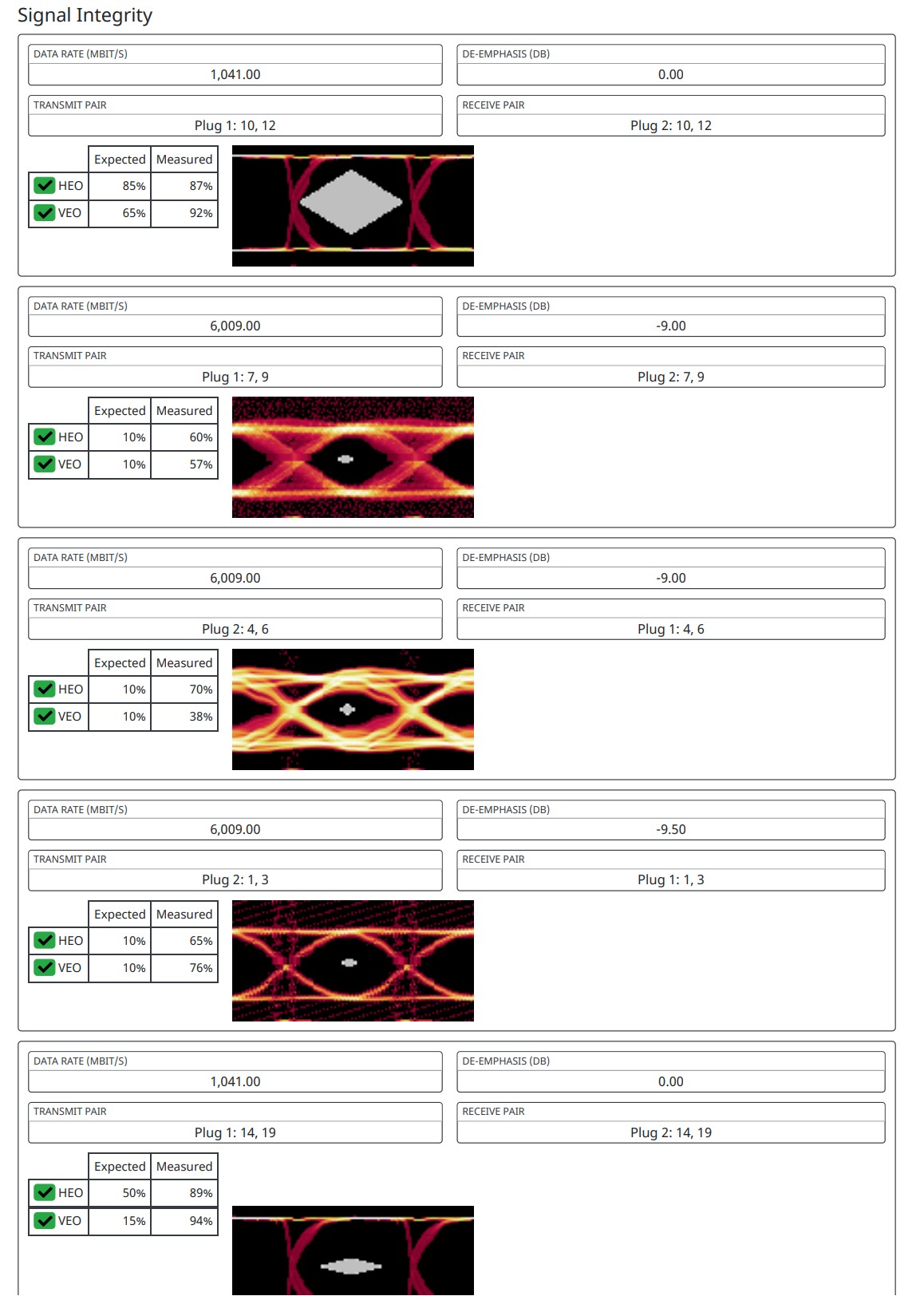
While many manufacturers go through compliance programs to keep up with the latest USB and VESA specifications and certifications, this is not the only hurdle that must be overcome to prevent bad cables from ending up in the hands of consumers. Quality testing that goes beyond certification is essential for mass production. However, even common quality control methods such as statistical process control and functional testing are not foolproof. With Total Phase's Advanced Cable Tester v2, manufacturers can quickly and cost-effectively test USB, Apple Lightning, HDMI and DisplayPort cables without fear of overlooking certain criteria required to meet cable specifications.
